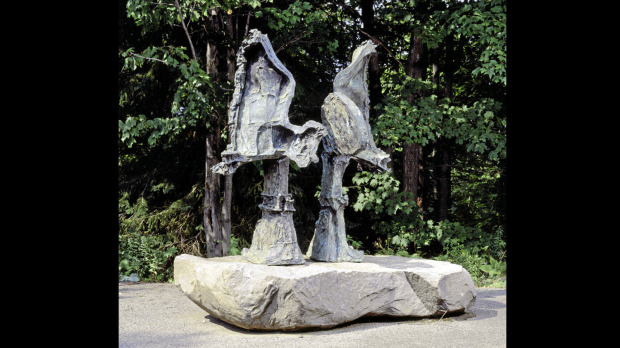Friday, August 05, 2011 -  antiquities looting,ARCA 2011,International Art Crime Conference,Iraq National Museum
antiquities looting,ARCA 2011,International Art Crime Conference,Iraq National Museum
 No comments
No comments
 antiquities looting,ARCA 2011,International Art Crime Conference,Iraq National Museum
antiquities looting,ARCA 2011,International Art Crime Conference,Iraq National Museum
 No comments
No comments
Katharyn Hanson on “Looting at Archaeological Sites During Conflict: Iraq’s Cultural Heritage as a Case Study”
by Kirsten Hower, ARCA Intern
Katharyn Hanson is a Ph.D. candidate at the University of Chicago, concentrating her studies in Mesopotamian Archaeology. Her archaeological experience has helped her to examine the dangers that archaeological sites face and what can be done to prevent the looting and destruction of these sites. In her presentation, “Looting at Archaeological Sites During Conflict: Iraq’s Cultural Heritage as a Case Study,” Hanson examined the looting of archaeological sites in Iraq and stressed the tools with which these sites can be protected in the future.
Opening her talk with the devastation of the Iraqi National Museum, Hanson highlighted the difficulties entailed in even knowing how much has been stolen from a museum—let alone from an archaeological site. In addition, the lack of recoveries made is even more depressing than not knowing how much was lost in the first place. After opening with this sad tale, Hanson used the same basis to talk about two archaeological sites in Iraq that have been devastated by looters: Umma and Umm al Aqarib. As she stated in her presentation, “By far, the majority of artifacts stolen from Iraq come from archaeological sites.” Using aerial and satellite photos, she was able to show the extreme addition of looter’s holes to archaeological sites from 2003 to 2008. The result was depressing and mind-numbing, with an increase of nearly 5,000 or more looter’s holes at each site over the course of five years.
Hanson also stressed that certain artifacts had been recovered after being found in the presence of weapons, such as AK-47s—marking a tie between the arms market and the black antiquities market. In a really somber moment, she stated that we do not really know where these works go after they have been dug up: “We don’t have a great answer. I don’t know.” Hanson then stated what measures are out there, legally, for protecting sites, such as CIPA, Customs Enforcement, and the Hague Convention which calls for sites to be protected during wartime. However, it was pointed out that sadly, these are more measures for protecting what is looted from sites in the hopes of recovering them. Hanson brought a very somber topic to the conference, but it was certainly one worth hearing and will, hopefully, advocate more work towards protecting archaeological sites in Iraq and around the world.







